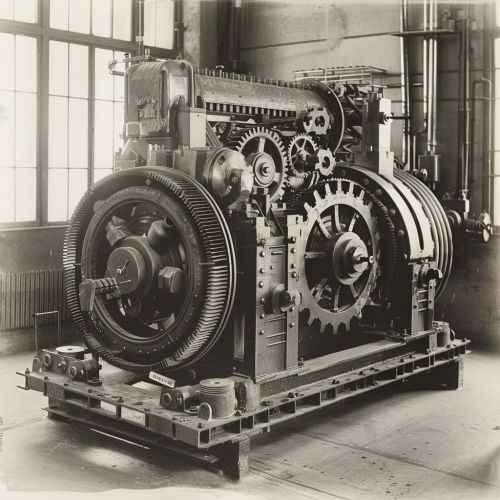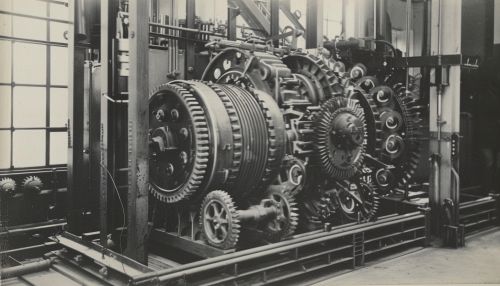Direct Current
Introduction
Direct current (DC) is a type of electric current where the flow of electric charge is only in one direction. It is the simplest form of electricity and is fundamental to the operation of devices such as batteries, fuel cells, and solar cells.
History
The concept of direct current dates back to the early days of electricity. The first practical use of DC was in the 1800s when it was used for telegraph systems. Later, in the late 19th century, Edison's electric power distribution system used DC.


Generation
Direct current can be generated in several ways:
- Chemical reactions, as in a battery or fuel cell.
- Photovoltaic effect, as in a solar cell.
- Thermoelectric effect, as in a thermocouple.
- Electromagnetic induction, as in a dynamo.
Characteristics
Direct current is characterized by a constant flow of charge in one direction. Unlike alternating current (AC), which periodically reverses direction, DC always flows in the same direction.
Applications
Direct current is used in a variety of applications, including:
- Powering electronic devices: Most electronic devices, such as computers, smartphones, and televisions, use DC.
- Battery charging: Batteries store energy in the form of DC.
- Electric vehicles: Electric vehicles use DC for their battery systems.
- High-voltage direct current (HVDC) transmission: HVDC is used for long-distance transmission of electric power.
Advantages and Disadvantages
Direct current has several advantages over alternating current, including:
- Simplicity: DC systems are generally simpler and cheaper to design and build.
- Efficiency: DC systems can be more efficient than AC systems, especially at low voltages.
- Compatibility with batteries and electronic devices: Most batteries and electronic devices use DC.
However, DC also has several disadvantages:
- Transmission losses: DC is less efficient than AC for long-distance power transmission.
- Safety: DC can be more dangerous than AC because it is more likely to cause harmful electric shock.
